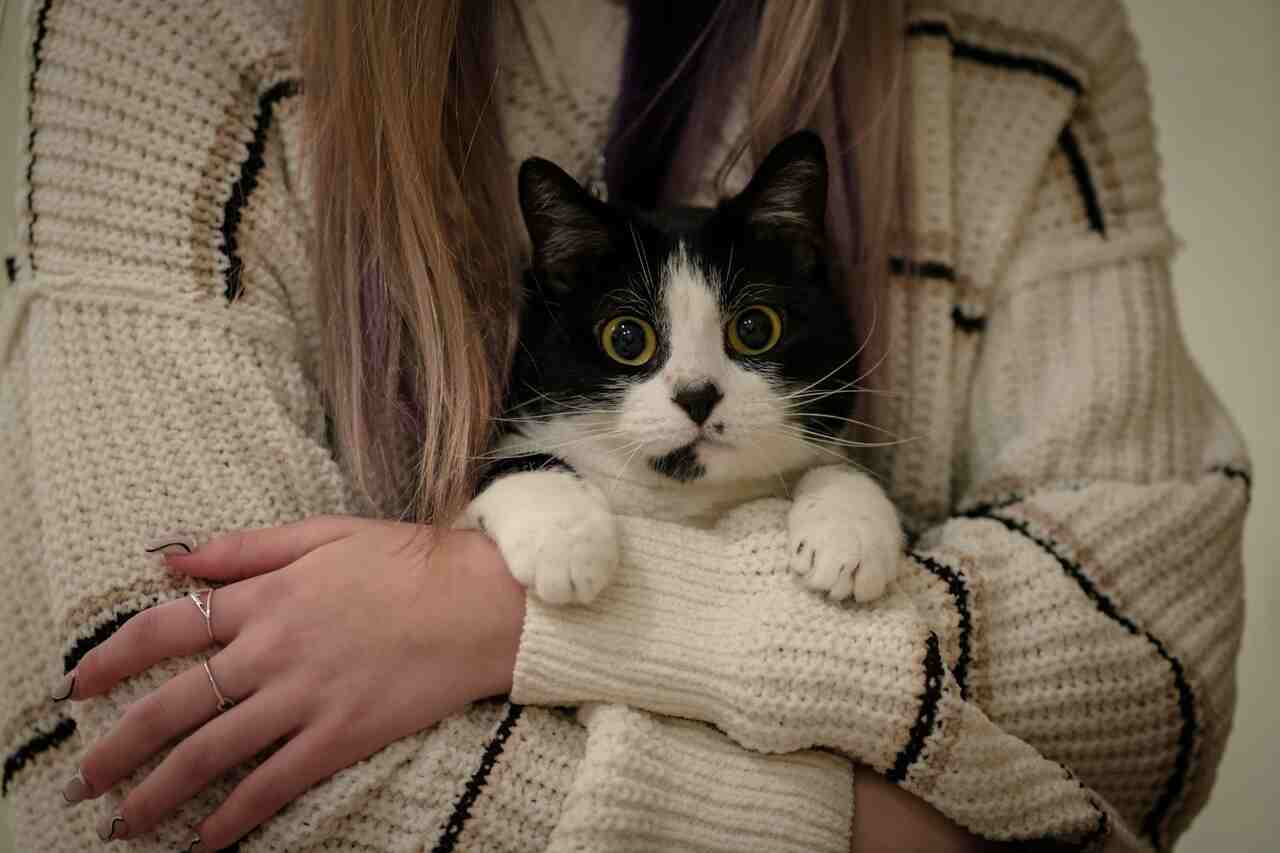
A 2022 study revealed that, unlike dogs, who are thirsty for the love and affection of people who love them, many cats prefer to avoid people who are too passionate about them, at least initially.
+ The 10 Best Small Dog Breeds for First-Time Pet Owners
The research, published in the journal Nature, found that people who lived with cats and claimed to have greater knowledge about cats tended to interact with unfamiliar cats in ways that cats found less desirable than people who had little or no prior experience with felines.
The study authors reached this conclusion after an experiment involving 119 human volunteers and a variety of neutered adult cats and non-purebred cats. Each cat was placed in an enclosure that provided access to all its basic needs, including a hiding place.
A chair was also placed in the enclosure, near the entrance and away from the cat’s belongings. Human participants were instructed to enter the enclosure, sit on the chair, and interact with the cats as they normally would, but not to pick them up.
The cat could then avoid or retreat from human interaction, if desired. Each interaction lasted five minutes and was filmed. Each person then repeated the experience with two more cats in two additional enclosures.
According to the researchers, cats responded better to passive but responsive individuals, and touched them minimally, adhering to the “green zones”, which, according to experts, are the base of the ears, cheeks, and underside of the chin.
These people tended to avoid the “red zones”, which include the belly and the base of the tail, where most cats dislike being touched. They also stayed away from the “yellow zones”, which are the back, sides of the body, and legs.
People who behaved in this way tended to be those with less experience with cats and less self-proclaimed knowledge about cats. “There are a few reasons why I can see that this is true,” said cat behavior specialist Dr. Marci Koski, who was not involved in the study, to the website The Wildest.
“Firstly, people who really like cats tend to approach a cat – stare at it, look directly at it, approach it – and cats tend to say, ‘Hey, hey, hey! That’s too much all at once’. Cats make friends differently.”
She also noted that even just staring at a cat can scare it. “Direct eye contact is the first step in the prey sequence and can potentially be an indication that what you are looking at is about to be hunted,” she explained.
She also emphasized that people appear larger and therefore more threatening when seen from the front. For this reason, in a room full of new people, a cat will often be more attracted to the person who pays the least attention to it, whom it can approach when ready.
This content was created with the help of AI.

